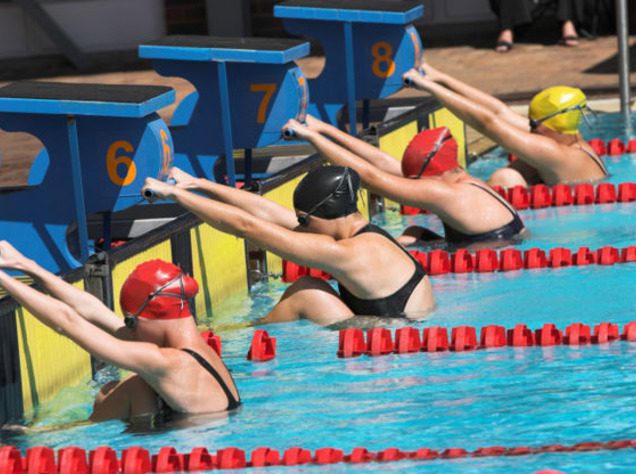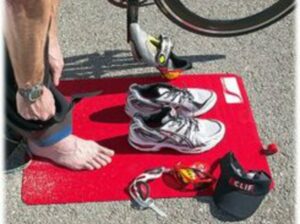Learning How To Improve Your Backstroke
Swimming backstroke can very daunting for some swimmers, especially beginners, because they cannot see where they’re going. However, when executed properly, backstroke can be one of the most enjoyable strokes to develop. Unlike the other strokes, backstroke keeps your face above water at all times, allowing you to breathe whenever you need to. This may initially seem like a tiny detail, but you’ll be thankful for this the next time you’re gasping for air. Of course, this makes the stroke less stressful and appeals to swimmers of every level, expertise, and passion. If you’re looking to improve your ability on your back, search no further than CoachUp’s guide to mastering the backstroke!

Head Back
Many swimmers feel uncomfortable while swimming backstroke and try to reassure themselves by craning their necks up, so they can look upside down at the world flying towards them. In concept, this might sound like a good idea, unfortunately, this actually adds to a swimmer’s discomfort and actually makes the backstroke more difficult. By dropping your head back as if you’re lying flat in bed, you effectively raise your entire lower body — this keeps you from sinking in the water while also avoiding neck discomfort.
Head Still
So many people complain about the backstroke because they constantly move around from side to side. Luckily, this problem can be easily fixed with this one swimming tip! During a backstroke, make sure to keep your head back and relaxed, rather than constantly shifting around. If you’re swimming indoors, try to find a line on the ceiling to fixate on. If you’re outside, you’ll need to work hard to consciously keep your head steady, but it can be done. It may seem pointless, but believe us, it will help. Instead of worrying about swimming straight, or dealing with neck pain, you can focus on executing the tiny details of the backstroke.
Breathe
Backstroke is the only stroke that lets you breathe at your leisure; use this to your advantage! Not only does the extra oxygen give you the stamina to swim longer, but it can help keep you afloat. By regularly taking deep breaths, you fill your stomach with air, which helps keep the lower half of your body on the surface of the water — just don’t breathe too fast! Make sure, above all, that your breathing isn’t getting in the way of a comfortable rhythm. Hash out a strategy that inhales every two or three strokes, or find out what works for you and implement it!
Straight Legs
Of course, keeping your legs straight and parallel with the top of the water is absolutely crucial as well. Since kicking generates most of the power to propel you forwards, it’s important to perfect your technique. Make sure to keep your legs straight so that you can control your kick with your quads instead of the lower part of your legs. You want to perform quick and small flutters with your legs, keeping your toes pointed so that only the tips of your big toes actually break the surface of the water. In addition, keeping your legs parallel will help you streamline your efforts into a more consistent, reliable, and less resisted pace.
(Related: Read about an advanced workout here.)
Huddle Up
Even if you’re not a serious racer or dedicated athlete, learning how to do an effective backstroke can be a very enlightening experience. For casual swimmers, you can break out the backstroke in any pond, lake, or pool, so kick back, relax and enjoy the scenery without worrying. Using these tips and tricks, not only will you enjoy your free time in the pool more, but you can start putting that towards winning races and developing your competitive skills.
If you still have questions about the backstroke, or would like some one-on-one training and support, consider booking one of CoachUp’s private trainers to help you out. Our experienced team can help swimmers of any level learn the strokes, become more comfortable in the water, or train to be a threat in the pool — so what are you waiting for?
How useful was this post?
Click on a star to rate it!
Average rating 5 / 5. Vote count: 1
No votes so far! Be the first to rate this post.



